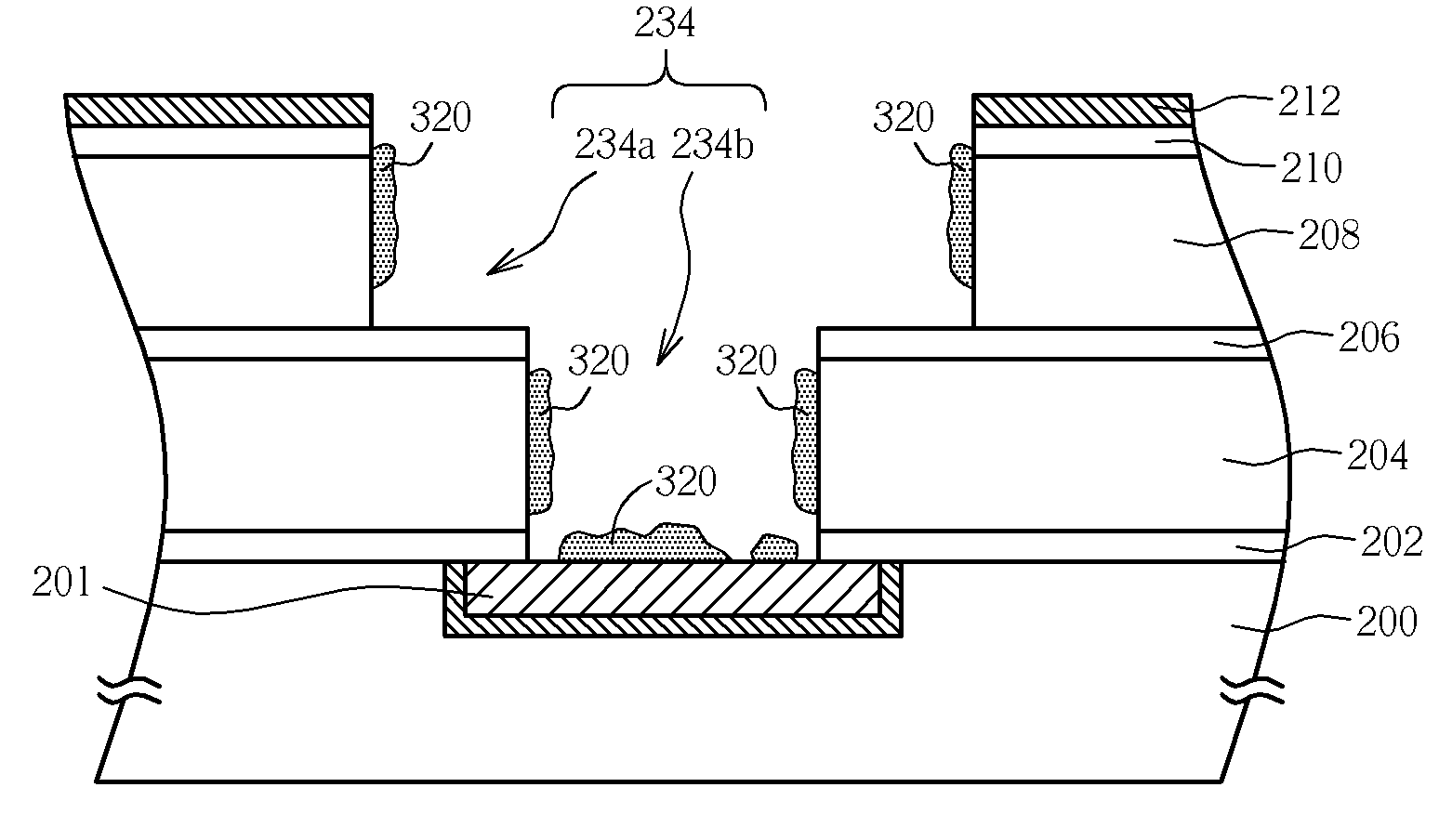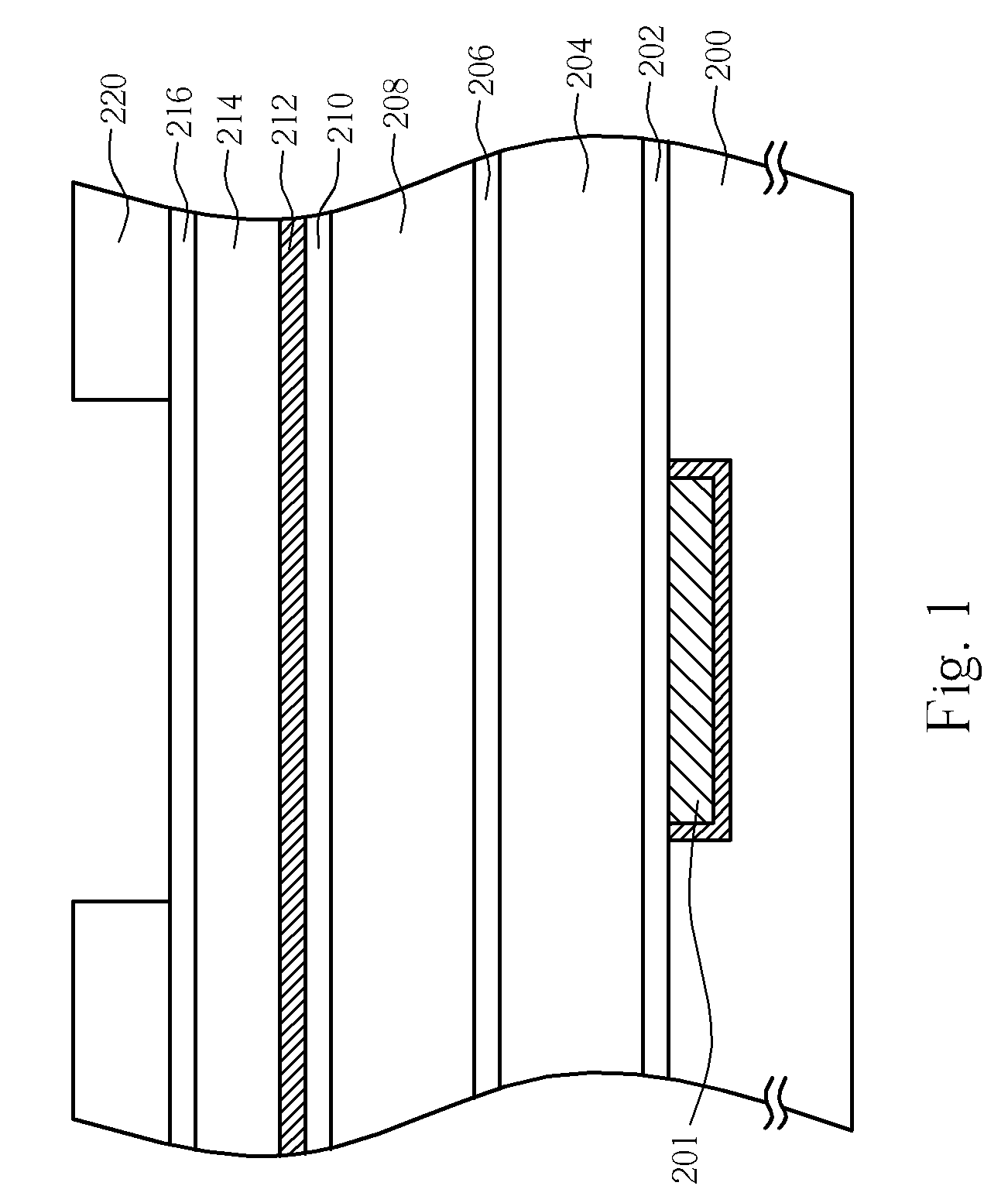Method for removing post-etch residue from wafer surface
a post-etch residue and wafer surface technology, applied in the direction of basic electric elements, electrical equipment, semiconductor devices, etc., can solve the problems of complex composition of trench/via residuals, which are produced, and the prior art methods have been proved to be unsatisfactory, so as to achieve the effect of effectively removing post-etch residues
- Summary
- Abstract
- Description
- Claims
- Application Information
AI Technical Summary
Benefits of technology
Problems solved by technology
Method used
Image
Examples
Embodiment Construction
[0018]The present invention pertains to an improved method for effectively removing post-etch residues in a trench / via opening or through hole, which is etched into low-k dielectric film(s) with at least one metal layer as a hard mask for the etching of the through hole. Since a metal hard mask is newly introduced into the damascene processes, it is believed that the resultant post-etch residues would have a newly formulated composition such as complex organic metal compounds that are not possible to be eliminated by virtue of the traditional dry-wet-dry or dry-wet process.
[0019]According to the present invention, a wet-dry-wet process is proposed to effectively removing the post-etch residues from the wafer. More specifically, the present invention discloses a wet-dry-wet process comprising a first wet treatment, followed by an aggressive oxidizing plasma treatment, then a reducing plasma treatment, and finally a second wet treatment. Both the first and second wet treatments involv...
PUM
| Property | Measurement | Unit |
|---|---|---|
| temperature | aaaaa | aaaaa |
| thickness | aaaaa | aaaaa |
| dielectric constant | aaaaa | aaaaa |
Abstract
Description
Claims
Application Information
 Login to view more
Login to view more - R&D Engineer
- R&D Manager
- IP Professional
- Industry Leading Data Capabilities
- Powerful AI technology
- Patent DNA Extraction
Browse by: Latest US Patents, China's latest patents, Technical Efficacy Thesaurus, Application Domain, Technology Topic.
© 2024 PatSnap. All rights reserved.Legal|Privacy policy|Modern Slavery Act Transparency Statement|Sitemap



